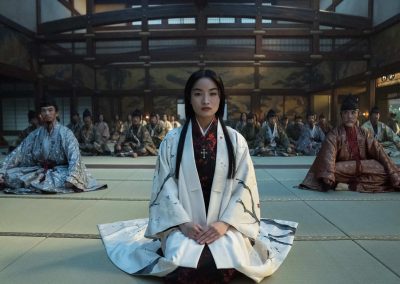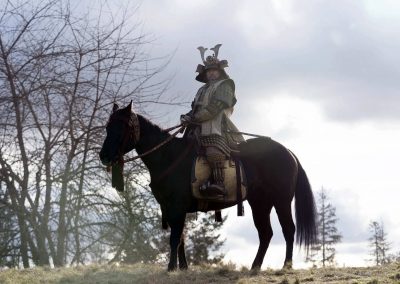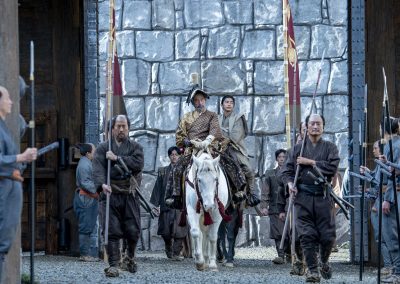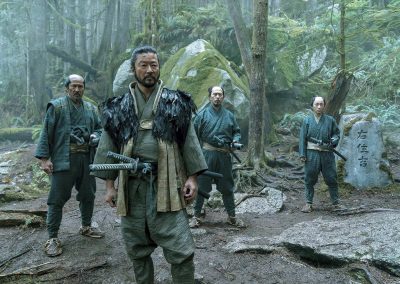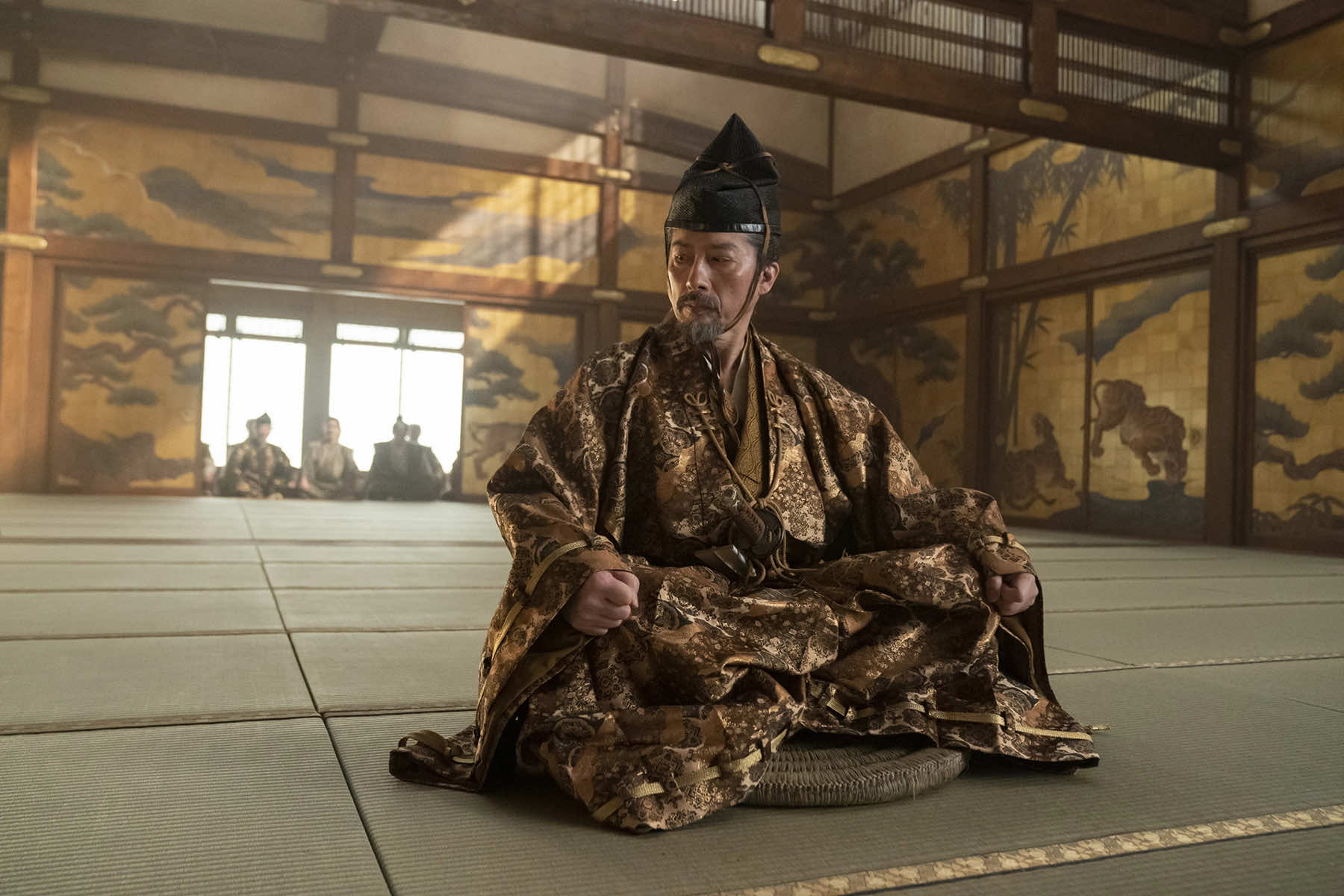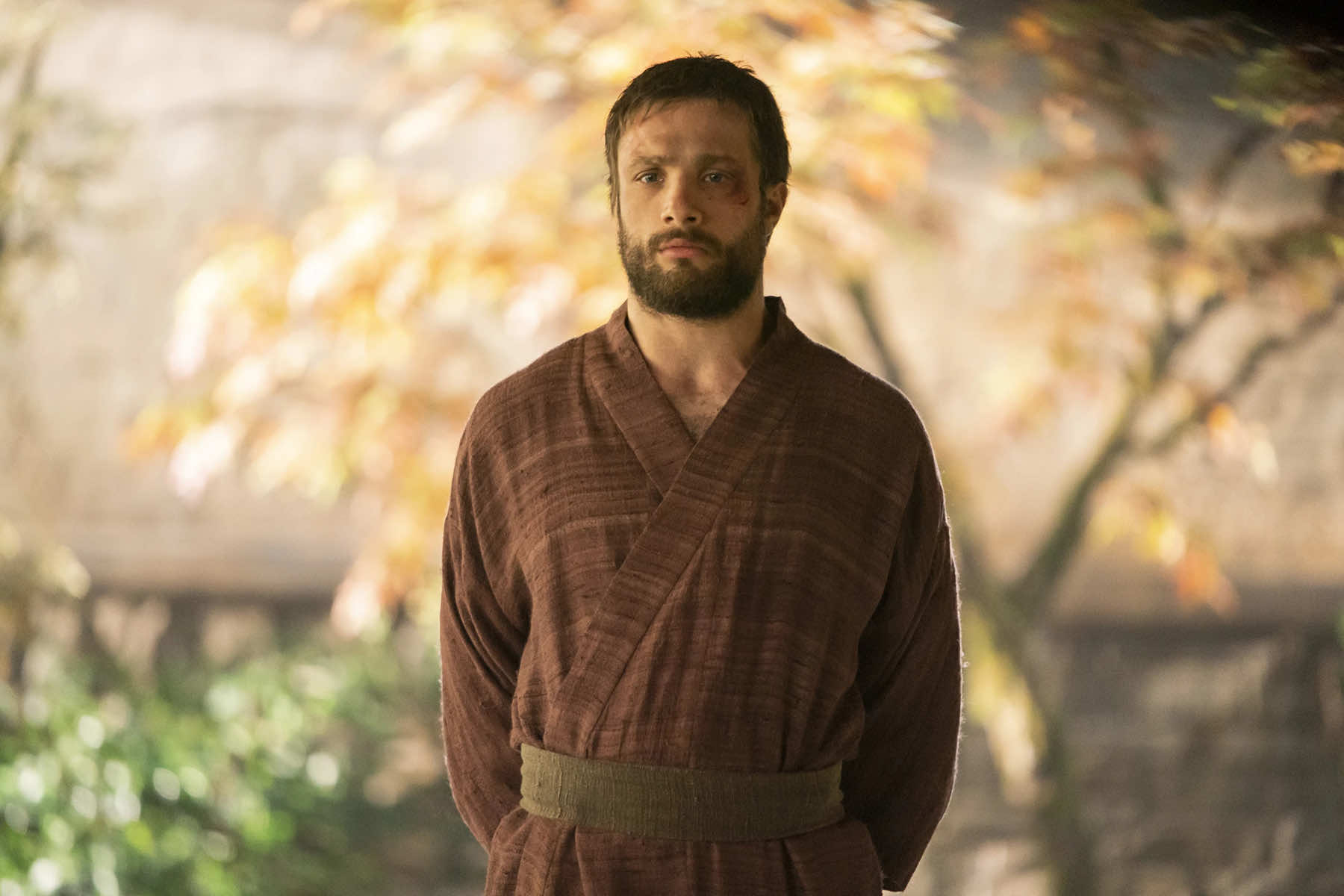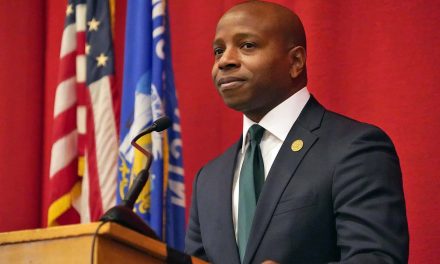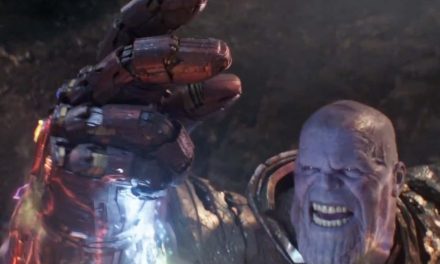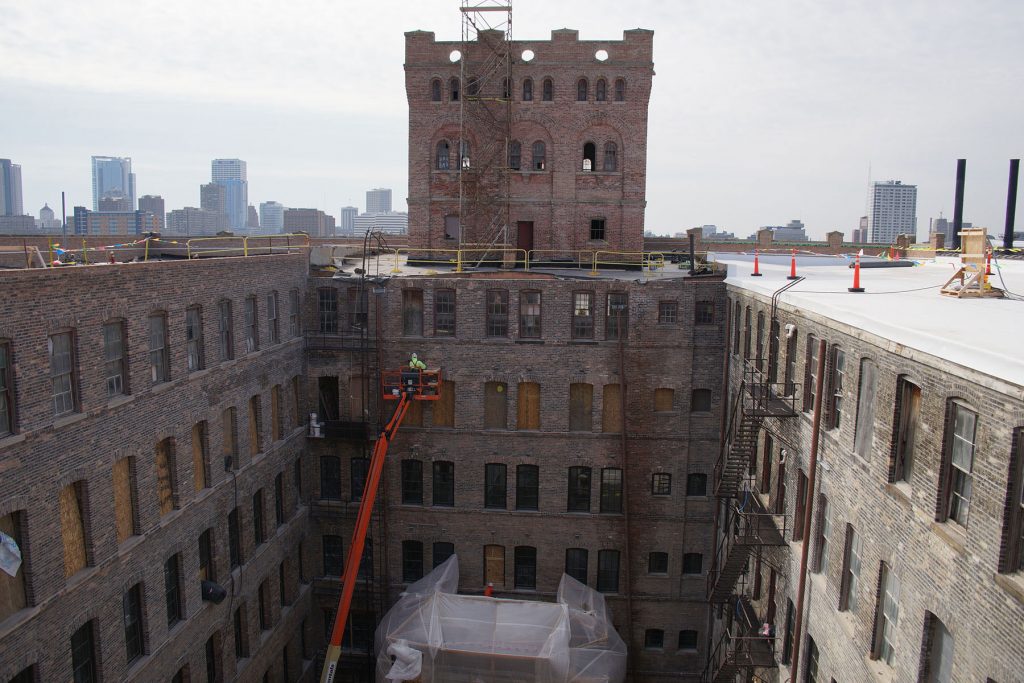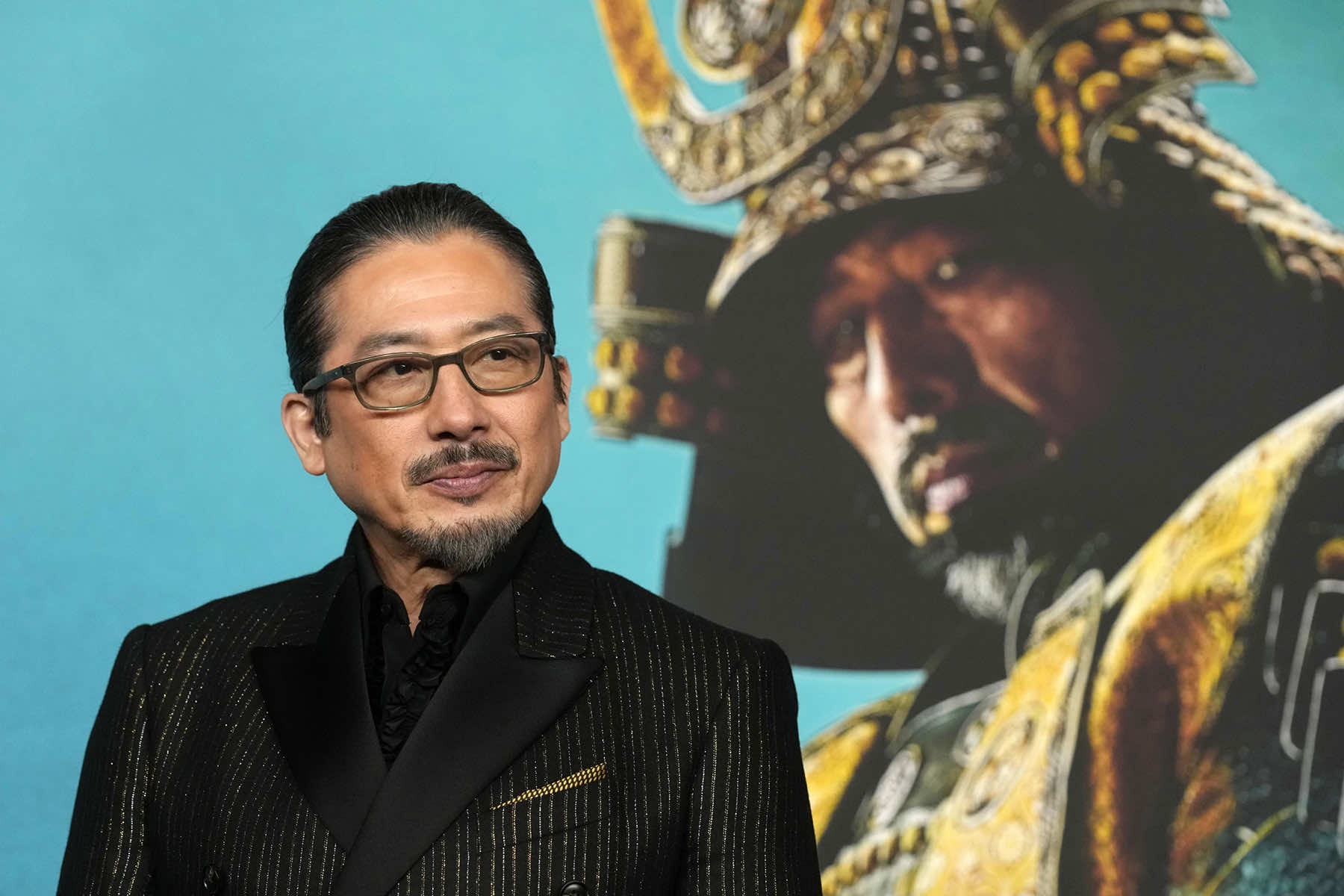
When the FX network sent screenwriter Justin Marks a copy of James Clavell’s hit 1975 novel “Shōgun” with the idea of turning it into a series, he initially could not put it down. That was because he was reluctant to pick it up.
The book about a British navigator shipwrecked in feudal Japan was massive, over 1,000 pages, and old. Plus it sounded culturally out of step.
“It was the book that was on our parents’ nightstand,” Marks recalled.
Judging the book by its cover, he assumed it could not be adapted for audiences in 2024. But after urging from his wife, novelist Rachel Kondo, he eventually picked it up and soon realized why Clavell’s novel was so celebrated.
“When you open it and you go through it, it is a remarkably modern story,” he said. “It really does get to the core of what it is to encounter another culture and to encounter oneself in that culture.”
Set in Japan in 1600, the 10-episode limited series “Shōgun” is a fictional story. But it is rooted in the real history of the period, surrounding the struggle that led to Lord Tokugawa Ieyasu founding the Tokugawa Shōgunate.
It was a dangerous time when several warlords jockeyed for ultimate power as European powers warily circled the island nation. The arrival of a shipwrecked Englishman, John Blackthorne, disrupts the balance in Japan. Yet it offers intriguing possibilities since he knows important global information. A pawn at first, he rises to become a trusted adviser and ally.
“It really came down to being the story about agency and this story about characters who are trying to exert control over the path of their own destiny in a very chaotic world where you can literally lose your head at any moment,” said Marks.
The series has elements of intrigue and spectacle like “Game of Thrones,” with brutal beheadings, people boiled alive or sliced open with katanas, blood splashing on window screens, and fire-tipped arrows.
It also shows the hesitant understanding growing between Blackthorne (Cosmo Jarvis) and Lord Toranaga (Hiroyuki Sanada), and a love story between Blackthorne and translator Lady Mariko (Anna Sawai).
“Maybe fate brought you here for a reason,” Blackthorne is told shortly after shipwrecking in Japan. “Maybe you’ll live long enough to find out what it is.”
Sanada said the cast and creators came at the project hoping to respect the novel, but also to ground it in historical reality and make the characters believable.
“Our North Star was authenticity from the beginning,” he said.
The series was released with a wave of new TV offerings that embraced Asian culture, including Max’s “Ninja Kamui,” “Warrior,” and “Tokyo Vice,” Paramount+’s “The Tiger’s Apprentice,” and “Avatar: The Last Airbender” and ”House of Ninjas” both on Netflix.
The 1975 book “Shōgun” sold millions and a 1980 TV miniseries, starring Richard Chamberlain and Toshiro Mifune, was watched by 1 in 3 U.S. households, winning three Emmys and three Golden Globes. Both the series and book triggered a wave of interest in feudal Japan, from kids playing with toy katanas to video games to Tom Cruise starring in “The Last Samurai.”
“It’s almost impossible not to continue to read ‘Shōgun’ once having opened it,” The New York Times said in its review. “Yet it’s not only something that you read — you live it. The imagination is possessed.”
The new series, with Clavell’s daughter Michaela as a producer, adjusts the story. Sanada said that if the book was “blue eyes watching Japan,” the FX series puts on “Japanese lenses.” Blackthorne is less the hero here than a catalyst, as co-creators Marks and Kondo explore power dynamics.
Those tuning in may feel a whiff of “The Godfather,” another epic in the 1970s with a strong sense of loyalty, family, and honor, while violence lurks nearby.
Perhaps the most enjoyable parts of the series are the moments when both East and West realize they can learn from the other.
At first, Blackthorne calls the Japanese “barbarians,” and they, in turn, use the same term to describe him. But his bravery and expertise with weapons make him valuable, and he learns about karma and inner calm.
“Do not be fooled by our politeness, our bows, our maze of rituals,” Lady Mariko tells him. “Beneath it all, we could be a great distance away, safe and alone.”
Sanada said it was appropriate that Western and Japanese crew members worked together to create the show.
“The making of ‘Shōgun’ itself has great drama and overlaps the story,” he said. “This is another good message for now: If we get together, we can create a better future together.”
Marks, who also served as showrunner and executive producer, said the “Shōgun” team tried hard to fix mistakes in the novel, but such errors are always going to happen when bridges are built between cultures.
“We’re never going to get to a place where we don’t make mistakes. What we do reach, hopefully, is every 40 years, whatever it may be, we reach a point where we just make better mistakes.”
3.11 Exploring Fukushima
- Journey to Japan: A photojournalist’s diary from the ruins of Tōhoku 13 years later
- Timeline of Tragedy: A look back at the long struggle since Fukushima's 2011 triple disaster
- New Year's Aftershock: Memories of Fukushima fuels concern for recovery in Noto Peninsula
- Lessons for future generations: Memorial Museum in Futaba marks 13 years since 3.11 Disaster
- In Silence and Solidarity: Japan Remembers the thousands lost to earthquake and tsunami in 2011
- Fukushima's Legacy: Condition of melted nuclear reactors still unclear 13 years after disaster
- Seafood Safety: Profits surge as Japanese consumers rally behind Fukushima's fishing industry
- Radioactive Waste: IAEA confirms water discharge from ruined nuclear plant meets safety standards
- Technical Hurdles for TEPCO: Critics question 2051 deadline for decommissioning Fukushima
- In the shadow of silence: Exploring Fukushima's abandoned lands that remain frozen in time
- Spiral Staircase of Life: Tōhoku museums preserve echoes of March 11 for future generations
- Retracing Our Steps: A review of the project that documented nuclear refugees returning home
- Noriko Abe: Continuing a family legacy of hospitality to guide Minamisanriku's recovery
- Voices of Kataribe: Storytellers share personal accounts of earthquake and tsunami in Tōhoku
- Moai of Minamisanriku: How a bond with Chile forged a learning hub for disaster preparedness
- Focus on the Future: Futaba Project aims to rebuild dreams and repopulate its community
- Junko Yagi: Pioneering a grassroots revival of local businesses in rural Onagawa
- Diving into darkness: The story of Yasuo Takamatsu's search for his missing wife
- Solace and Sake: Chūson-ji Temple and Sekinoichi Shuzo share centuries of tradition in Iwate
- Heartbeat of Miyagi: Community center offers space to engage with Sendai's unyielding spirit
- Unseen Scars: Survivors in Tōhoku reflect on more than a decade of trauma, recovery, and hope
- Running into history: The day Milwaukee Independent stumbled upon a marathon in Tokyo
- Roman Kashpur: Ukrainian war hero conquers Tokyo Marathon 2024 with prosthetic leg
- From Rails to Roads: BRT offers flexible transit solutions for disaster-struck communities
- From Snow to Sakura: Japan’s cherry blossom season feels economic impact of climate change
- Potholes on the Manga Road: Ishinomaki and Kamakura navigate the challenges of anime tourism
- The Ako Incident: Honoring the 47 Ronin’s legendary samurai loyalty at Sengakuji Temple
- "Shōgun" Reimagined: Ambitious TV series updates epic historical drama about feudal Japan
- Enchanting Hollywood: Japanese cinema celebrates Oscar wins by Hayao Miyazaki and Godzilla
- Toxic Tourists: Geisha District in Kyoto cracks down on over-zealous visitors with new rules
- Medieval Healing: "The Tale of Genji" offers insight into mysteries of Japanese medicine
- Aesthetic of Wabi-Sabi: Finding beauty and harmony in the unfinished and imperfect
- Riken Yamamoto: Japanese architect wins Pritzker Prize for community-centric designs
Mark Kennedy and MI Staff (Japan)
Chris Pizzello (AP) and Katie Yu (FX via AP)
3.11 Exploring Fukushima: The Tōhoku region of Japan experienced one of the worst natural disasters ever recorded when a powerful earthquake was followed by a massive tsunami, and triggered an unprecedented nuclear crisis in 2011. With a personal connection to the tragedies, Milwaukee Independent returned for the first time in 13 years to attend events commemorating the March 11 anniversary. The purpose of the journalism project included interviews with survivors about their challenges over the past decade, reviews of rebuilt cities that had been washed away by the ocean, and visits to newly opened areas that had been left barren by radiation. This special editorial series offers a detailed look at a situation that will continue to have a daily global impact for generations. mkeind.com/exploringfukushima

